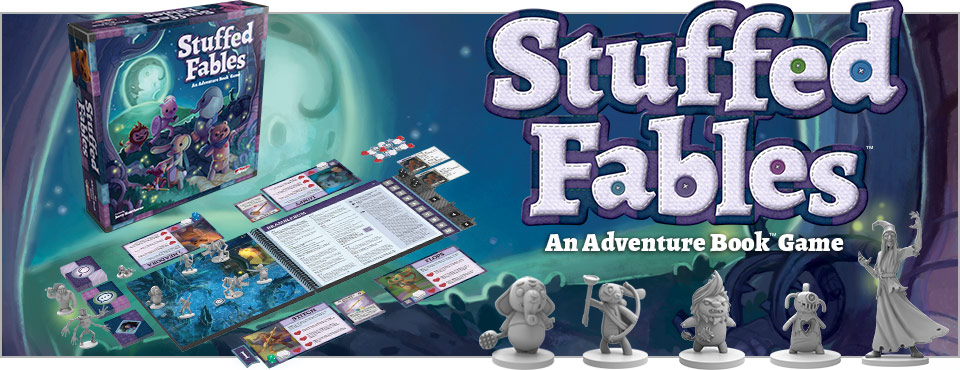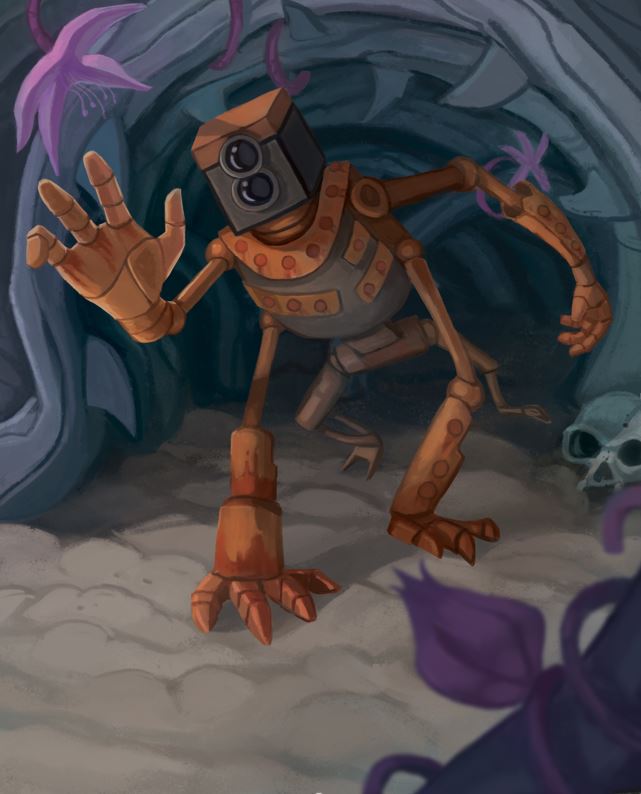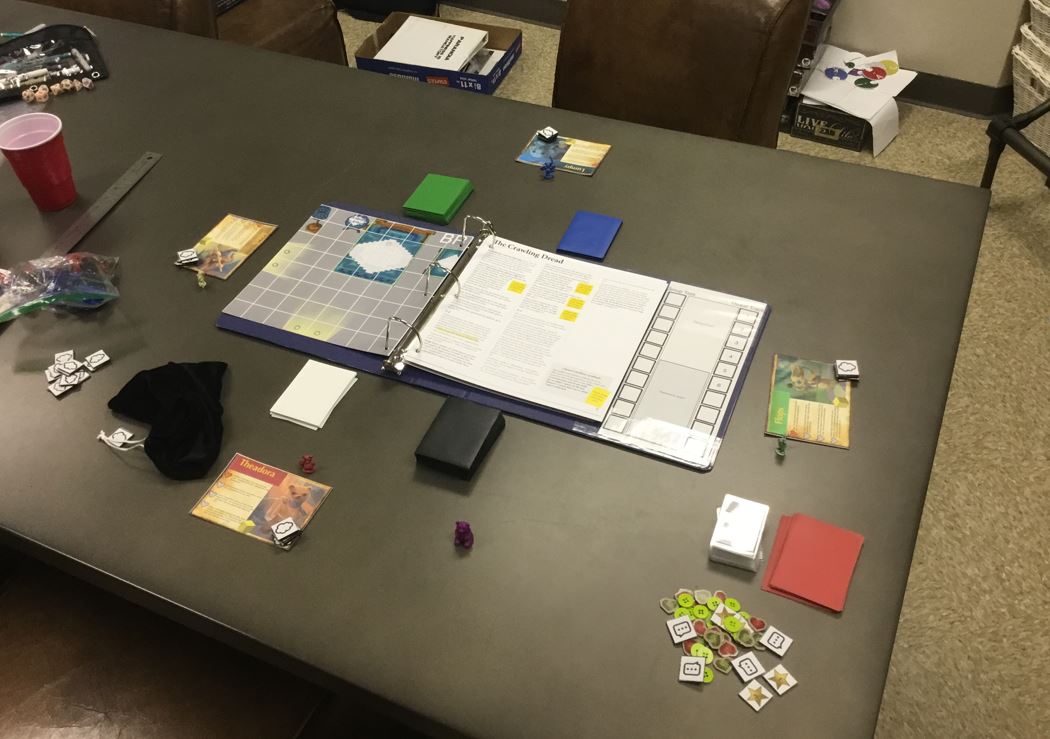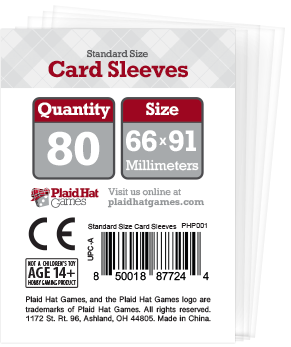Stuffed Fables: Jerry's Experience
Jerry shares his journey with Stuffed Fables!
Hello there and welcome to this week’s Stuffed Fables preview. Each Wednesday until the game is released, we are giving you a peek at the game and sharing behind-the-scenes looks at what went into its development.
This week I will relate my experiences bringing this game from concept to completion, and while this project is the result of a couple of years of effort, I’m going to condense it greatly.
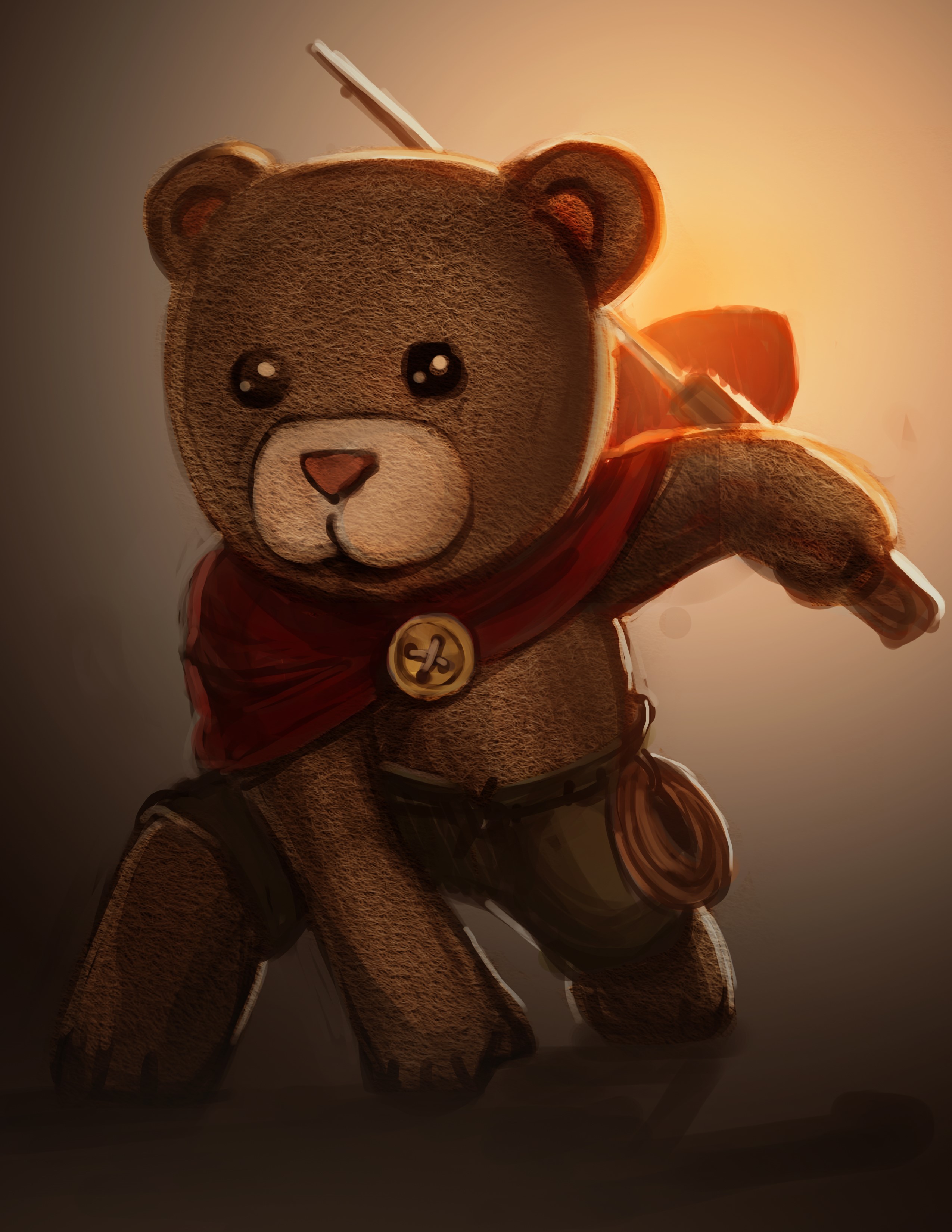

An early concept of Theodora alongside the final image.
I'm a Softy
Those close to me know that I am just a big softy. I love my wife and kids, and virtually everything I’ve been involved with in the world of professional game design is related to my experiences as a husband and father.
A couple of years ago, my wife took the kids to see the Pixar movie called Inside Out. She immediately let me know that it was a must-see, and that it would inspire me to create a game after seeing it. She was so right! After watching the movie (and crying), I found myself obsessed with gamifying its premise.
This led to the creation of a dice system that was color coded, easy to learn, and flexible enough to handle a wide variety of story related experiences. Once I tinkered with this system enough to know it had merit, I realized that I didn’t really want to make a game inspired by Inside Out - I wanted to craft an original story that could be experienced as it’s own unique tale.
Heaps, a minion of the dark lord Crepitus.
Finding My Concept
I spent a lot of time thinking about stories that could incorporate the ideas in my head. My developing game was inspired by a movie about emotions, so I knew I wanted my game to evoke an emotional response in those who played it. I thought about my own kids and my experiences as a parent, and that’s when it came to me. Kids have stuffed animals, and if you really think about it, stuffed animals are like surrogate parents. They provide comfort and companionship to children, especially at night, allowing parents to get a good night's sleep. Heck, we’ve all had stuffed animals in our lives at some point. I felt this made a stuffed animal concept universally relatable; the kind of thing that could bring all ages of game players to the table.
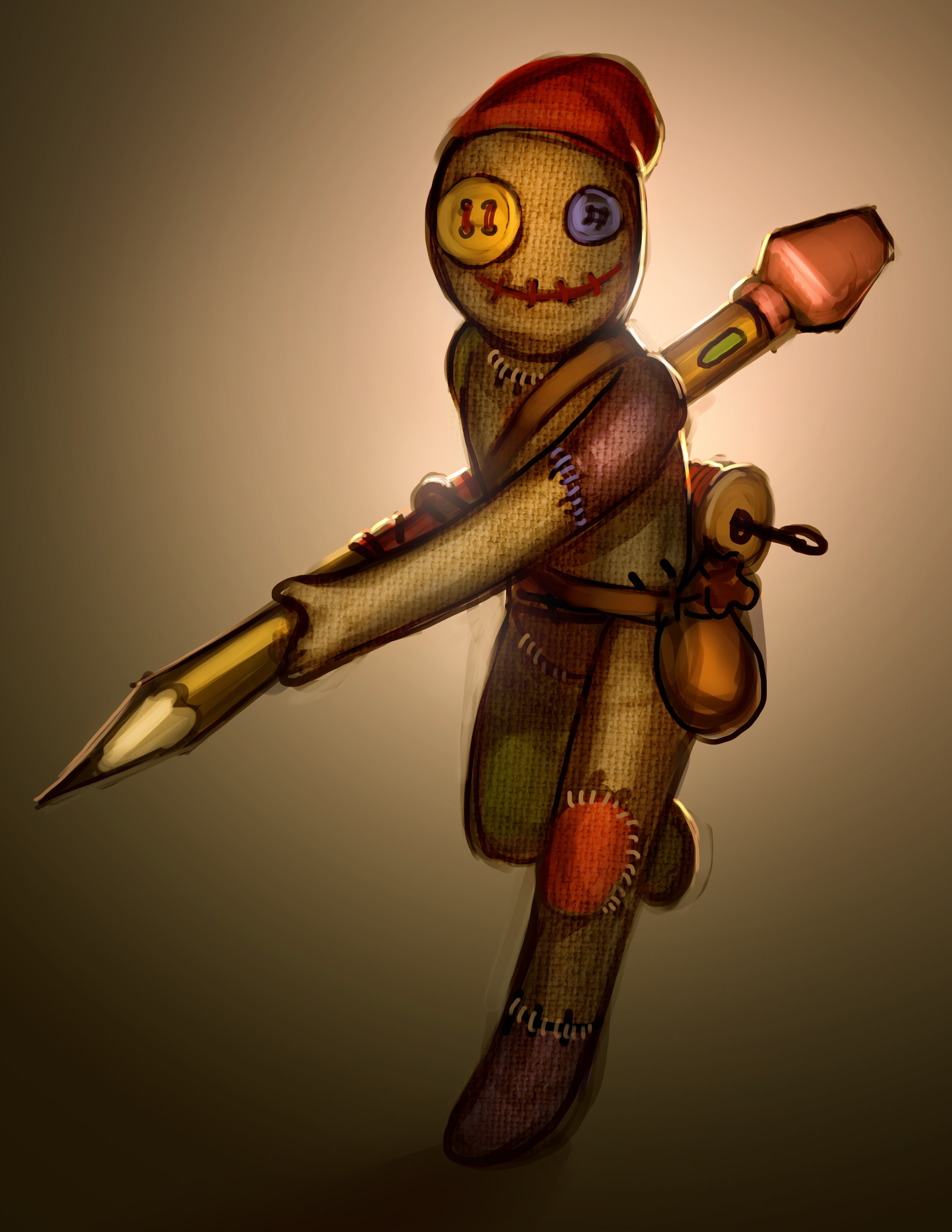
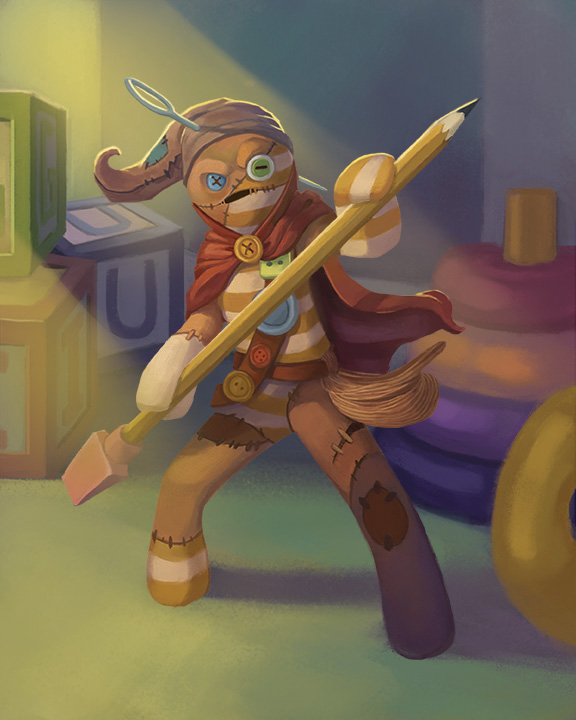
An early concept of Stitch alongside the final image.
Creating Characters
Once I knew the theme, I decided to write the story about a little girl, and let players experience her growing up through the eyes of her little collection of stuffed animals. Creating these heroes was the most delightful part of designing the game. I love creating characters, and I decided to make each character match a certain aspect of the little girl’s personality. In essence, you learn about who she is through these stuffies.

Early versions of the Stuffy Cards.
An Impossible Task
So, I knew that in order to tell this story, I needed to break with convention. I wanted the story to have dynamism that couldn’t be created with a traditional game board or even a collection of modular tiles. I needed a book! I asked my boss, Colby, if I could create a book of locations, and I expressed to him how many I wanted. He liked the idea, and asked me how the game would work. I told him it would involve a story book and a map book. I had already written the first story at this point, so I was a little apprehensive when he asked me if I could just combine it all into one volume!
Writing a story is tough in its own right, especially one that branches in different directions, but what Colby was proposing was to make each scene in the story fit on a ten by ten inch page. This meant that each story needed to be split into evenly sized chunks, and each chunk needed to fit on the given page. And each page had to not only offer a game experience, but also advance the narrative! Writing like this is incredibly hard, but it’s also a good way to focus your approach.
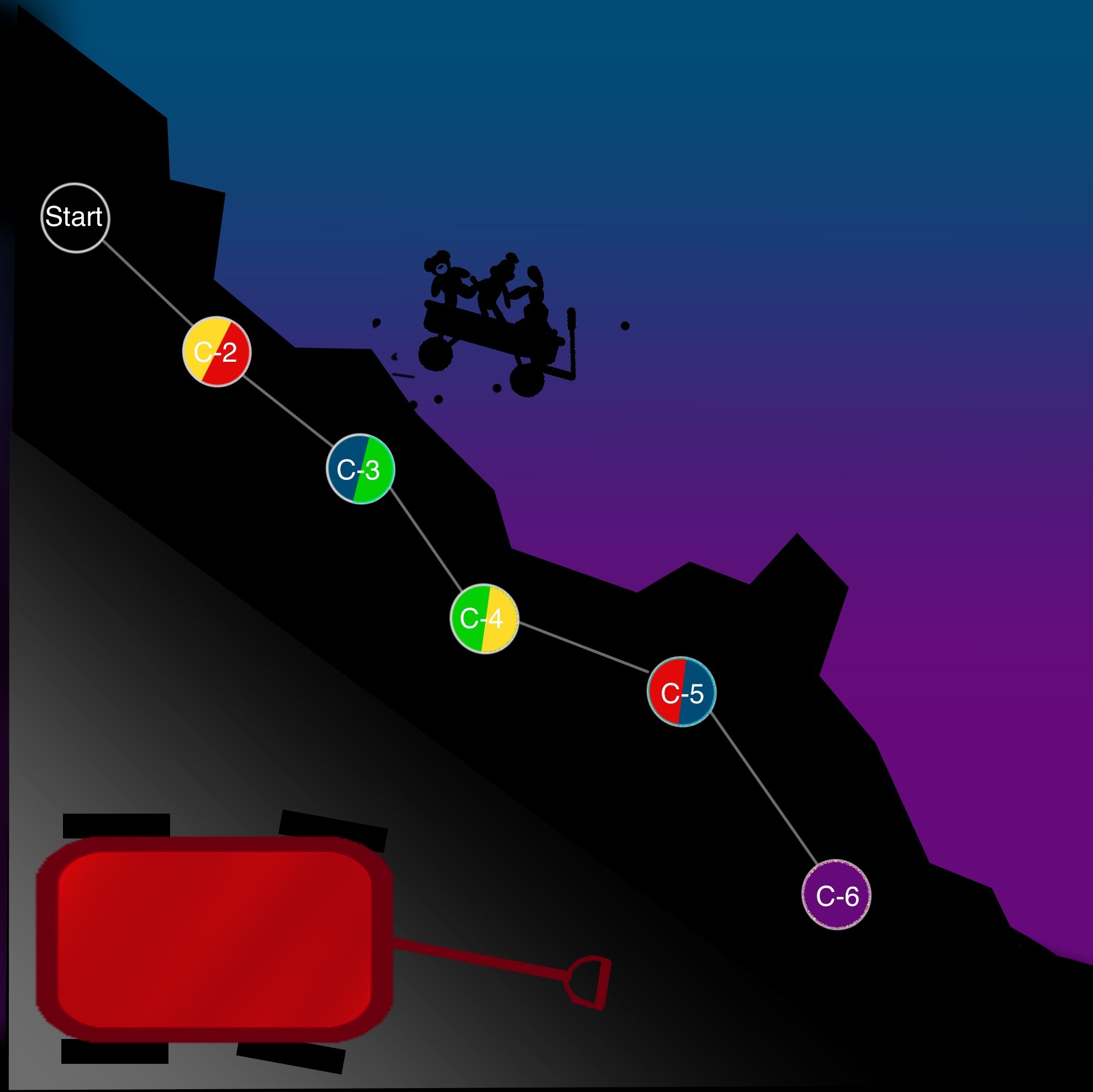
An early version of the Wagon Ride.
Capturing the Right Tone
From the outset, I knew I wanted the story to have an emotional impact. The stuffies are protecting their little girl from nightmares, so overcoming fear had to be a natural part of the story. After contemplating the nature of fear itself, I began to understand that most fear is really a form of anxiety about the unknown. When your sleep is troubled it’s usually because your mind is racing with anxiety-driven, unanswerable questions about things that you can’t control. This shift in understanding allowed us to write stories about the things that cause us all to lose sleep, without making the game too dark and scary.
Jerry's first prototype of Stuffed Fables.
I Can’t Do It Alone
No game is created in a vacuum. I work with one of the most talented teams in the industry, each pushing each other to do the very things that we think are undoable. My personal vision is nothing without collaborating with many talented people. Here are a few:
Mr Bistro
This is my co-writer. He breathes life into my shaky prose, and creates the voices of all the characters. We have worked together on many projects, including all of the Mice & Mystics stories.
Dave Richards and Kendall Wilkerson
Dave and Kendall are Plaid Hat's graphic artists. Dave is an industry veteran and considered to be one of the very best. He plays all of our games so that he can use his talents to not just make the game pretty, but intuitive for players. Kendall supported Dave, and brought her own unique talents to the project by crafting icons and converting text.
Isaac Vega and Sam Vega
The Vega brothers functioned as art directors. It’s tough to explain just how impactful Isaac’s eye for art is. He’s a stickler for quality and detail. Everything from the clean lines of the sculpted miniatures, to the eye catching majesty of the box cover, are directly related to his expert eye. Sam helped from concept to completion. A game with this many locations and so much art, is a full time job. Sam managed the artists, and dealt with contracts, deadlines and budgets.
Kristen Pauline
We were so lucky to have Kristen for this project! She took my verbal descriptions of the world and characters, and brought them to life using her own unique art style. The result is a charming and colorful cast of characters and scenes that feel like they are snatched right out of a classic book for children.
Tregis
I met Tregis quite by accident – lucky for me. He’s the artist that created all of the dynamic environments the players play on instead of a traditional game board. Talk about hard working and enthusiastic! Tregis is a true professional, and I’m happy to know him.
Keith Miller
Keith is my go-to guy for brainstorming ideas and proving my concepts. He also worked as lead playtester and content developer.
Be sure to check out the final product when Stuffed Fables bounces into stores, December 2017! In the meantime, you can view more early concept work below.
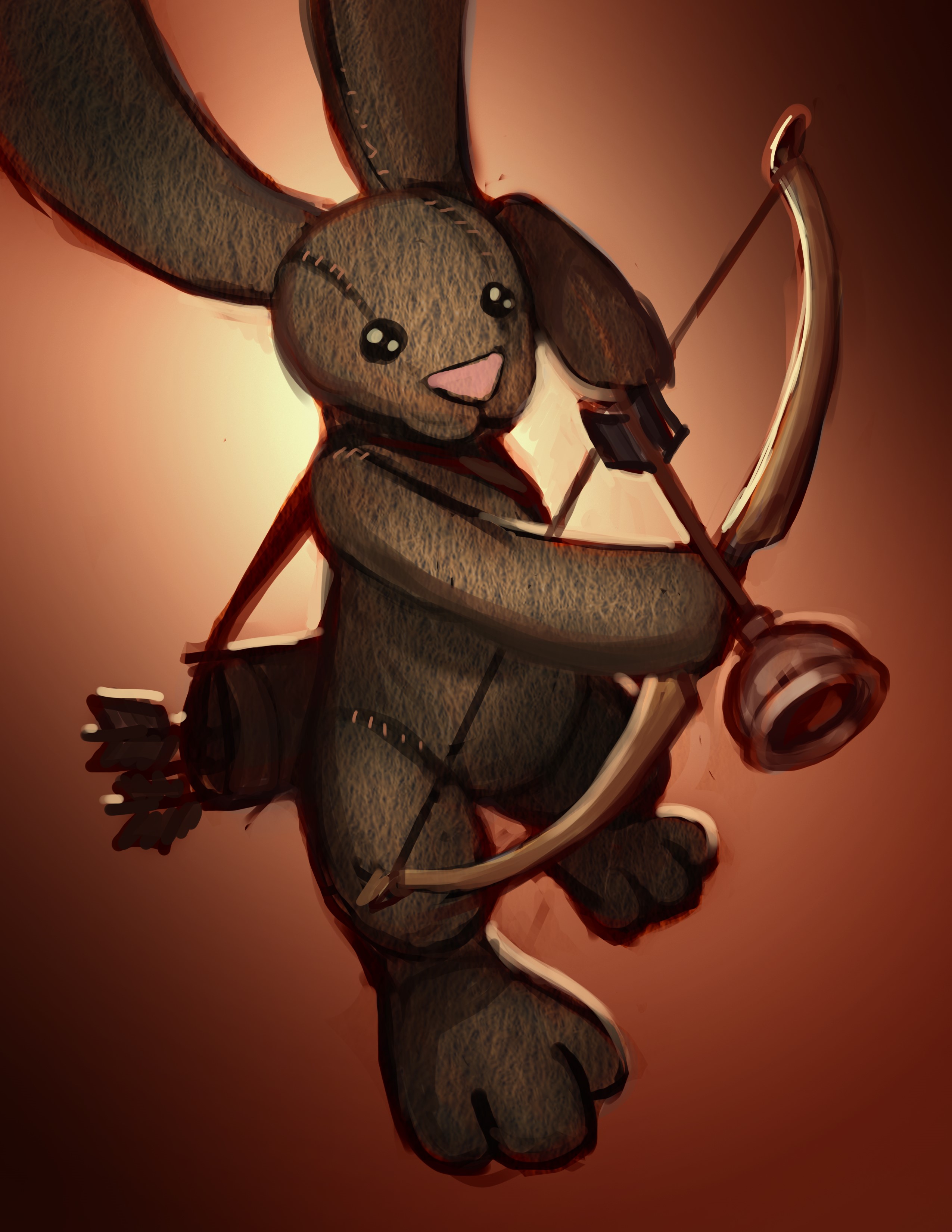
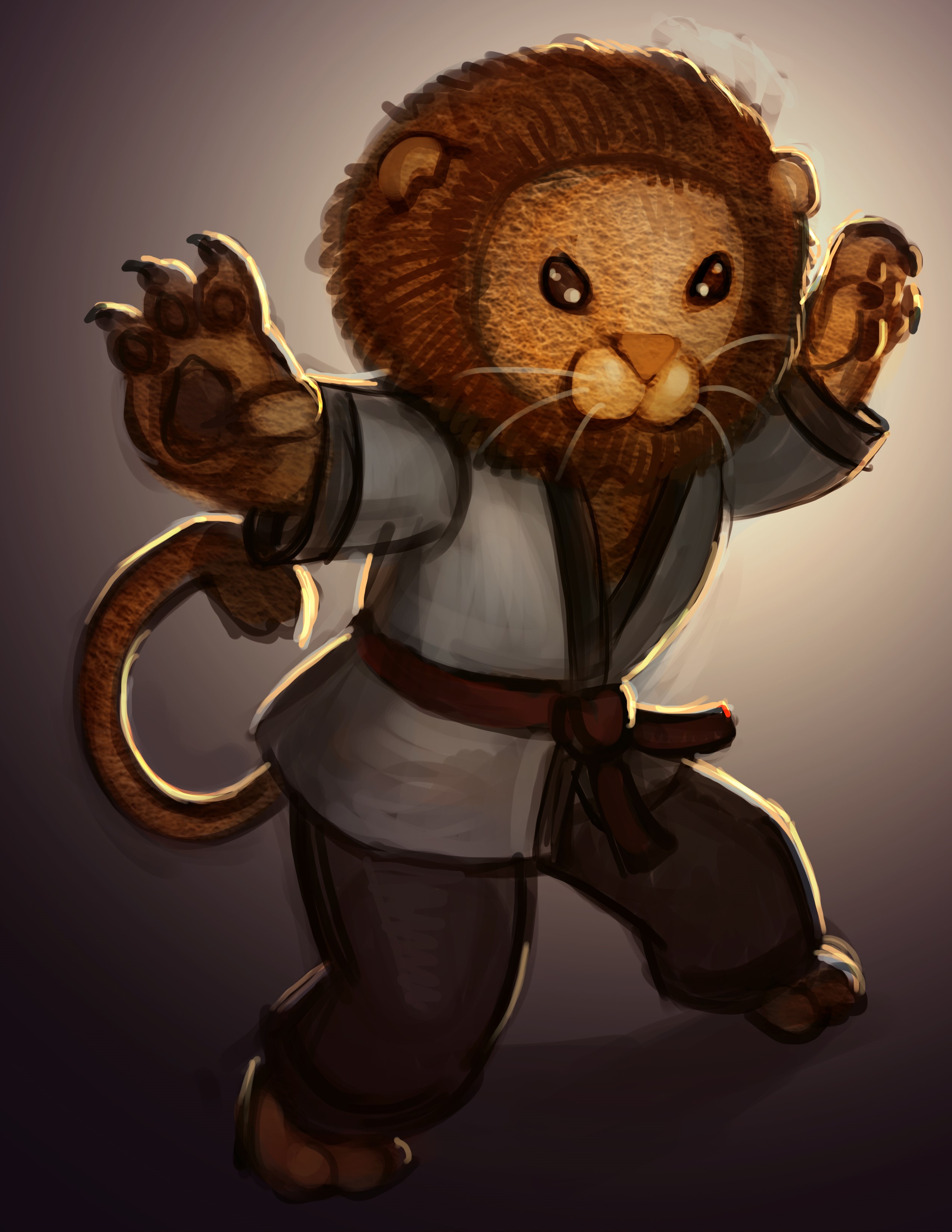
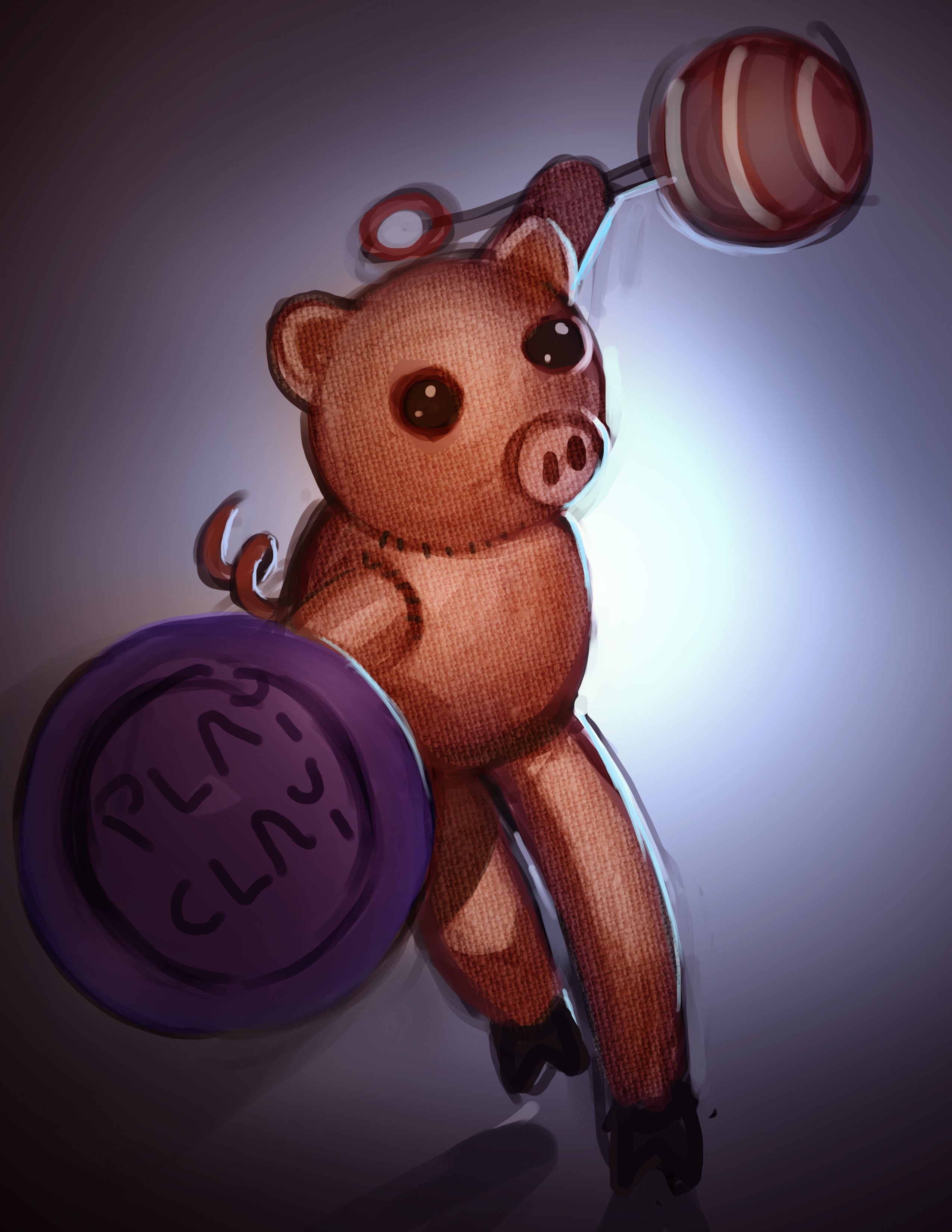
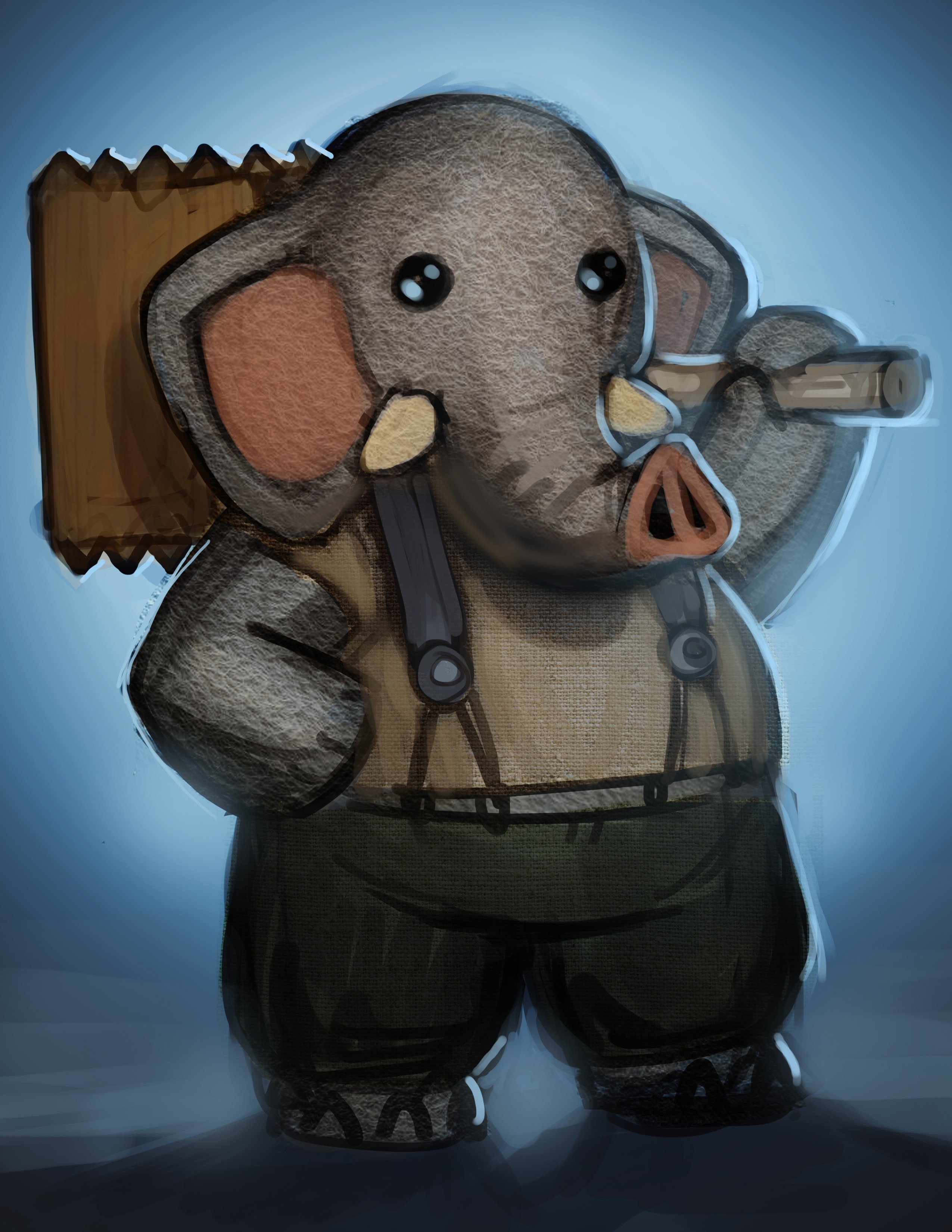
|
Written by Jerry Hawthorne |
 |


